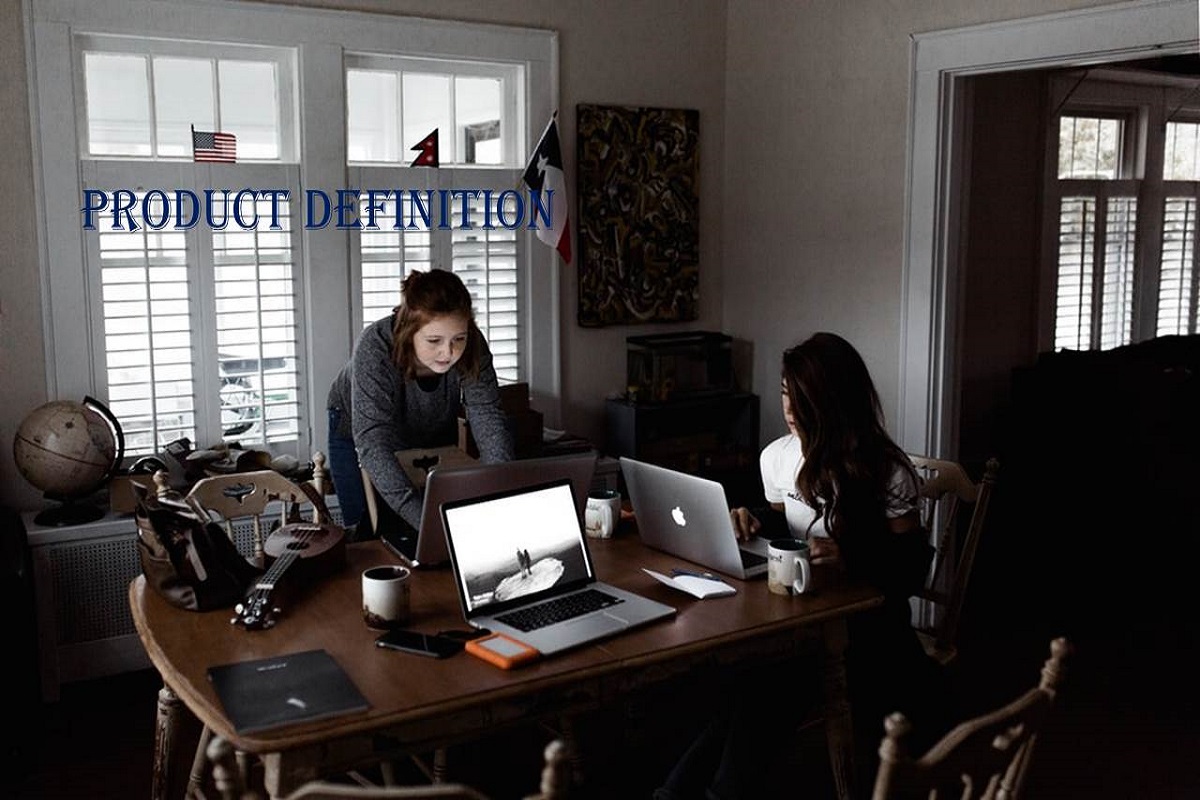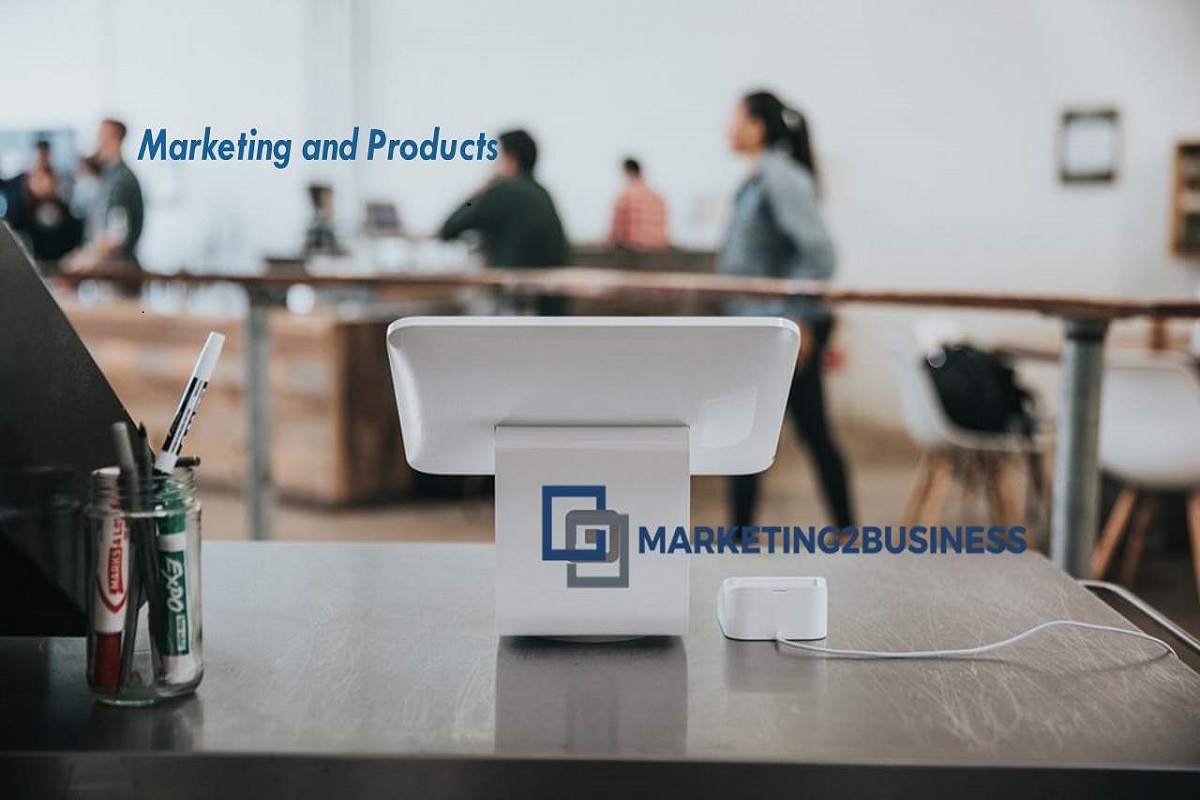Product Definition
Latin productus, known as a product to that which has been made (i.e., produced). This definition of the term is quite broad and allows very diverse objects to be included within the generic product concept. For example, a table, a book, and a computer are products.

Product
The marketing states that a product is an object that is offered in a market to satisfy what you need or want a consumer. In this sense, the product transcends its physical condition and includes what the consumer perceives at the time of purchase (symbolic, psychological attributes, etc.). The non-material product, meanwhile, is called service. For example, a computer (computer) and a modem are products; Internet connection is a service.
The products have a life cycle. When companies launched their products to the market, companies must make substantial investments in advertising so that people know the outcome. When it reaches success, it experiences a phase of growth. Then comes the stage of maturity (most potential consumers have already bought the product) and, finally, the decline (demand is reduced to a minimum).
In mathematics, the product is an arithmetic notion that indicates the amount resulting from a multiplication: 8 x 4 = 32. In this case, 32 is the product of multiplying 8 by 4.
Quantities that multiply are called factors. The multiplying is the number to add, while the multiplier indicates the number of times to increase the multiply.
Marketing and Products

Marketing refers to a product to refer to the set of tangible attributes that are easily identifiable, including color, price, manufacturer, packaging, etc., and that has a name that anyone can understand.
The characteristics of each product are those characteristics that motivate the consumer to try it; For example, if you talk about cars, one of the main qualities is the brand, because a Chevrolet enthusiast hardly buys a Toyota. But in count to the brand, the products have other qualities that distinguish them even more, such as their design, color, size, and utility, and at this point it is necessary to point out that although there are few differences between two elements, however minimal they may be, Talk about two different products.
A product isn’t primarily something physical and tangible; providing satisfaction to customer wishes is enough. It can, therefore, be a service, an idea, or even a place. For example, the product of a hotel is to provide benefits when it comes to rest and related services.
A product is said to be innovative when it revolutionizes the way of understanding a specific activity or service that allows, for example, an improvement in the quality of life of consumers; it can be a new cancer treatment as well as products that replace other necessary ones that are not entirely healthy, such as foods rich in soybeans and vegetables as a substitute for those that carry meat.
The products can be classified into three different groups, taking into account their durability and tangibility :
- Non-durable goods: they are tangible products that are consumed with use (drinks, soap, salt, etc.)
- Durable goods: those tangible products that, while suffering from wear, do not have a limited life (refrigerators, tools, and clothing)
- Consumer goods: those that final consumers buy for their consumption
- Basic goods: products that consumers buy regularly
- Industrial goods: those are purchased to be used in the management of a company. The difference between these and consumer goods lies in the purpose for which each one is acquired; Therefore, the same product can become an industrial or consumer good: a fryer that is purchased for family use is a good of use, although if it is purchased for use in a restaurant it becomes an industrial good.

